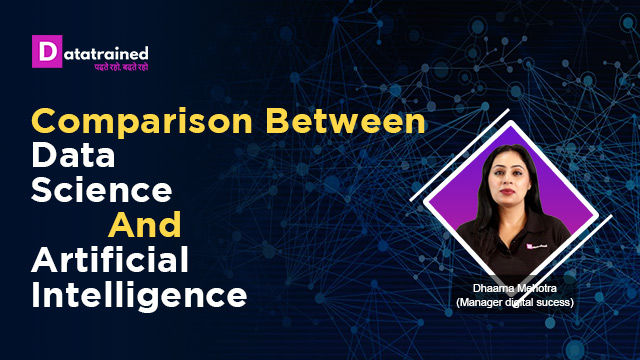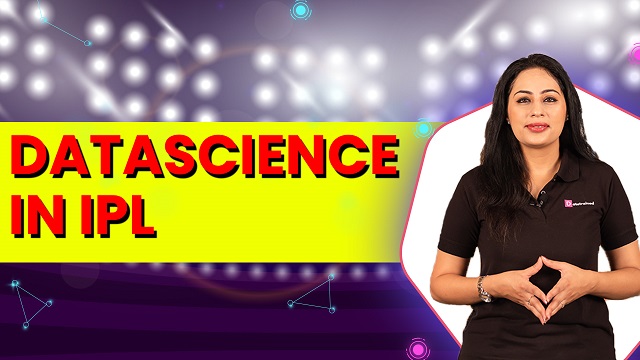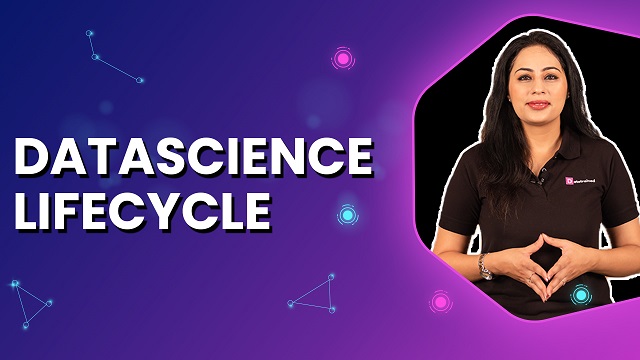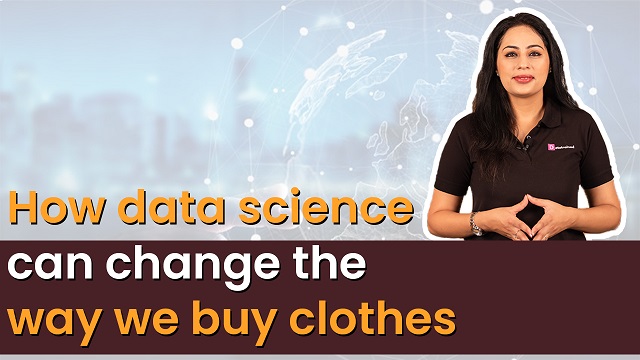Do you know?
Despite
so much competition, Netflix still has the largest subscriber count in 2020
The
company is older than most of us know as it started as a DVD rental
platform
41%
of Netflix, users are watching without paying, thanks to account and password
sharing
Netflix
is one of the oldest streaming services available as an app on various devices
With a company that is brimming with data,
it’s generally a wise choice to put that pile of data to good use. By
incorporating principles like machine learning, data analysis, statistics
and deep learning. So let's jump on to How Netflix Uses Big Data
With a tremendous user base of more than 140
million subscribers. Some data that Netflix records to give an individual taste
to everyone are What day you watch
content, What time you watch content, The device on which the content was
watched, How the nature of the content, Searches on the platform, Portions of
content that got re-watched, Whether content was paused, rewind, or fast
forward, User location data, When you leave content, The ratings given by the
users, Browsing and scrolling behavior
With time, Netflix has deployed certain algorithms which utilize
this data and generate critical insights that help steer the organization in
the correct direction. Some of these tools and features are:
● Real-Time Recommendation Engine
Netflix stores all of the data and using
machine-learning algorithms, develops a unique pattern indicating the
viewer’s choice. This style would never match with another viewer because everyone’s
taste is unique.
● Artwork & Imagery Selection
The tool used for this is called AVA,
which is an algorithm that selects what artworks and images to show to
whom.
● Production
Planning
Data plays a pivotal role when developers come
up with an idea about any new movie or show. A lot of brainstorming happens
before anything gets finalized, and that’s exactly where data comes in. Big
Data helps draw out the possible solutions to many of the problems encountered
during the planning stage.
● Metaflow
Metaflow provided data scientists the
flexibility to play around with their ideas by offering a set of fine-tuned
features that nearly make Metaflow feel like a plug-and-play framework. Ease of
work on a distributed computing platform, Option to snapshot code as well as
data for versioning and experimenting, high-performance and High-speed S3
client, Support for most machine learning frameworks are a few features of meta flow.
●
Polynote
Polynote is a polyglot notebook with the help
for Scala and various other features Developed and open-sourced by
Netflix. Polynote enables smooth integration of JVM based
machine-learning platform with Python to machine learning researchers
and data scientists.
●
Metacat
The great pool of data which Netflix operates
on is spread across multiple platforms like Druid, Amazon S3, Redshift,
and MySql, etc. Netflix created Metaflow with the intent of serving
objectives like to unify and provide centralized views of metadata systems, to
offer a singular API for dataset metadata for platforms, to give a solution for
business and user metadata storage of datasets
● Druid
Netflix utilizes Apache Druid to
ensure that its users get a high-quality user experience each
time. Druid’s job is to offer real-time analytics on databases where queries
execute at uncertain time periods and frequently. It is extremely scalable and
offers great performance for any given workload.
















































